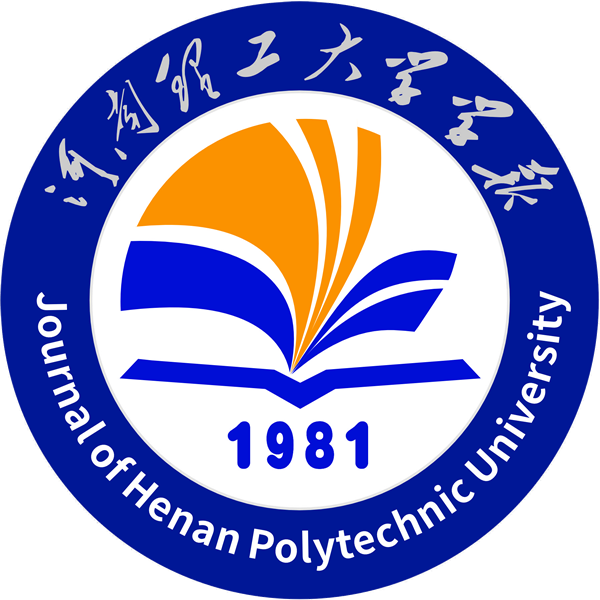| 供稿: 李光一;李海萍;白晓琼 | 时间: 2020-05-10 | 次数: |
李光一, 李海萍, 白晓琼.基于GIS的中国拐卖儿童犯罪时空特征及影响因素分析[J].河南理工大学学报(自然科学版),2020,39(3):56-67.
LI G Y, LI H P, BAI X Q.Analysis of spatial-temporal characteristics and impact factors of child trafficking crime in China based on GIS[J].Journal of Henan Polytechnic University(Natural Science) ,2020,39(3):56-67.
基于GIS的中国拐卖儿童犯罪时空特征及影响因素分析
李光一, 李海萍, 白晓琼
中国人民大学环境学院,北京100872
摘要:基于Python软件从网络公益平台“宝贝回家网”获取1977 —2017年中国各省拐卖儿童样本数据,通过GIS空间分析功能,在解析拐卖儿童犯罪基本特征的基础上,对面域数据的局部空间自相关分析,揭示拐卖儿童犯罪在空间上的集聚性和异质性。利用空间马尔可夫矩阵,分析不同区域拐卖儿童数量等级的时空转移概率,并基于地理加权回归分析,识别出教育水平、城乡收入差距和流动人口 3个指标对不同地区拐卖儿童犯罪的影响具有空间差异。结果表明:(1 )1977 —2017年,省域拐卖儿童犯罪的高发区不仅有所增加,而且集聚在西南部地区;(2)省域间的拐卖儿童犯罪存在明显的空间正相关性,除空间集聚现象明显外,高集聚区和低集聚区长期并存;(3 )拐卖儿童犯罪高发区和低发区在下一时间的发展更倾向于保持原本的状态,并且发生在相邻等级之间的转移概率大于跨等级之间的转移概率;(4)城乡收入差距和流动人口与拐卖儿童犯罪显著正相关,其中流动人口的影响程度大于城乡收入差距,教育水平则呈负相关特征,且不同的影响因子在不同区域上具有显著的空间差异。
关键词:GIS;拐卖儿童犯罪;时空特征;空间集聚性;空间马尔科夫矩阵;地理加权回归
doi:10.16186/j.cnki.1673-9787.2020.3.7
基金项目:中国人民大学2019年度‘中央高校建设世界一流大学(学科)和特色发展引导专项资金’资助项目
收稿日期:2019/08/11
修回日期:2019/10/21
出版日期:2020/05/15
Analysis of spatial-temporal characteristics and impact factors of child trafficking crime in China based on GIS
LI Guangyi, LI Haiping, BAI Xiaoqiong
School of Environment & Natural Resources, Renmin University of China ,Beijing 100872 , China
Abstract:The sample data of child trafficking in each province during 1977 —2017 was obtained from the online public platform" baobeihuijia. com" based on Python software. Through the function of GIS spatial analysis, the local spatial autocorrelation of panel data was analyzed, and the spatial agglomeration and heterogeneity of child abduction crime were revealed on the basis of analyzing the basic characteristics of child trafficking crimes. Spatial Markov matrix was used to analyze the spatial-temporal transfer probability of the number of trafficked children in different regions. Based on the geographical weighted regression, it was identified that the three indicators of the educational level, urban-rural income gap and floating population had spatial differences in impact of the child trafficking crimes in different regions. The results showed that : ( 1 ) In 1977 —2017 , the area of child trafficking crimes not only increased, but also concentrated in the southwest region. (2 ) There was an obvious spatial positive correlation between the child trafficking crimes in the provinces, and it was a long coexistence of the high agglomeration and low agglomeration areas, in addition to the obvious phenomenon of spatial agglomeration. (3 ) The high-risk and low-risk areas in the next period of time were more inclined to maintain the original state, and the transfer probability between adjacent levels was greater than that between the cross-levels. (4 ) There was a significant positive correlation between the urban-rural income gap, the floating population and the children trafficking crime, in which the impact of the floating population was greater than that of the urban-rural income gap, while the education level was negatively correlated, and the different influence factor had significant spatial differences in different regions.
Key words:GIS;child trafficking crime;spatial-temporal characteristic;spatial agglomeration;spatial Markov matrix;geographically weighted regression

